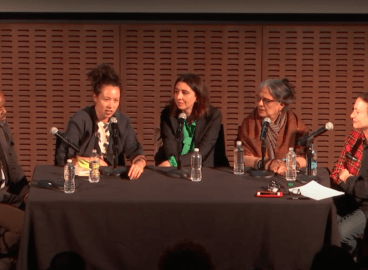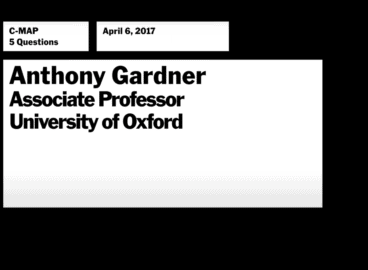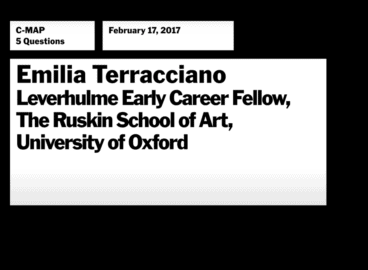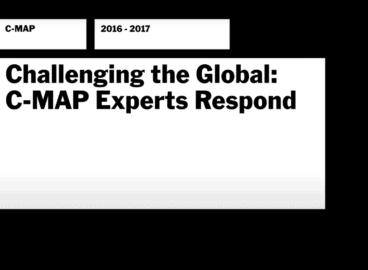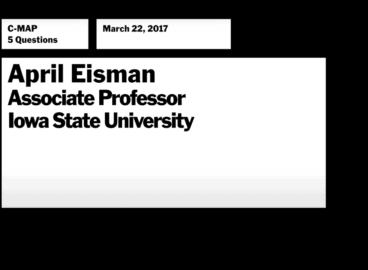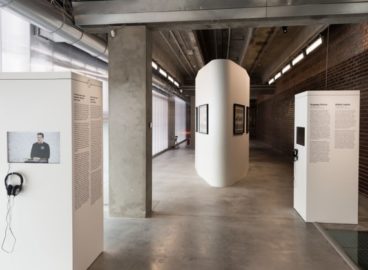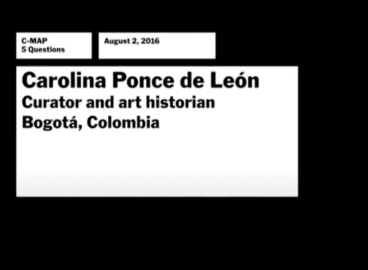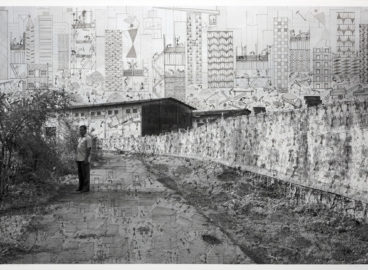5 Questions with Bernardo Ortiz
Artist Bernardo Ortiz discusses questions of overarching art historical narratives and local practices and histories of the Colombia art scene, highlighting the responsibility an artist has in dealing with such constructions as they make work.

